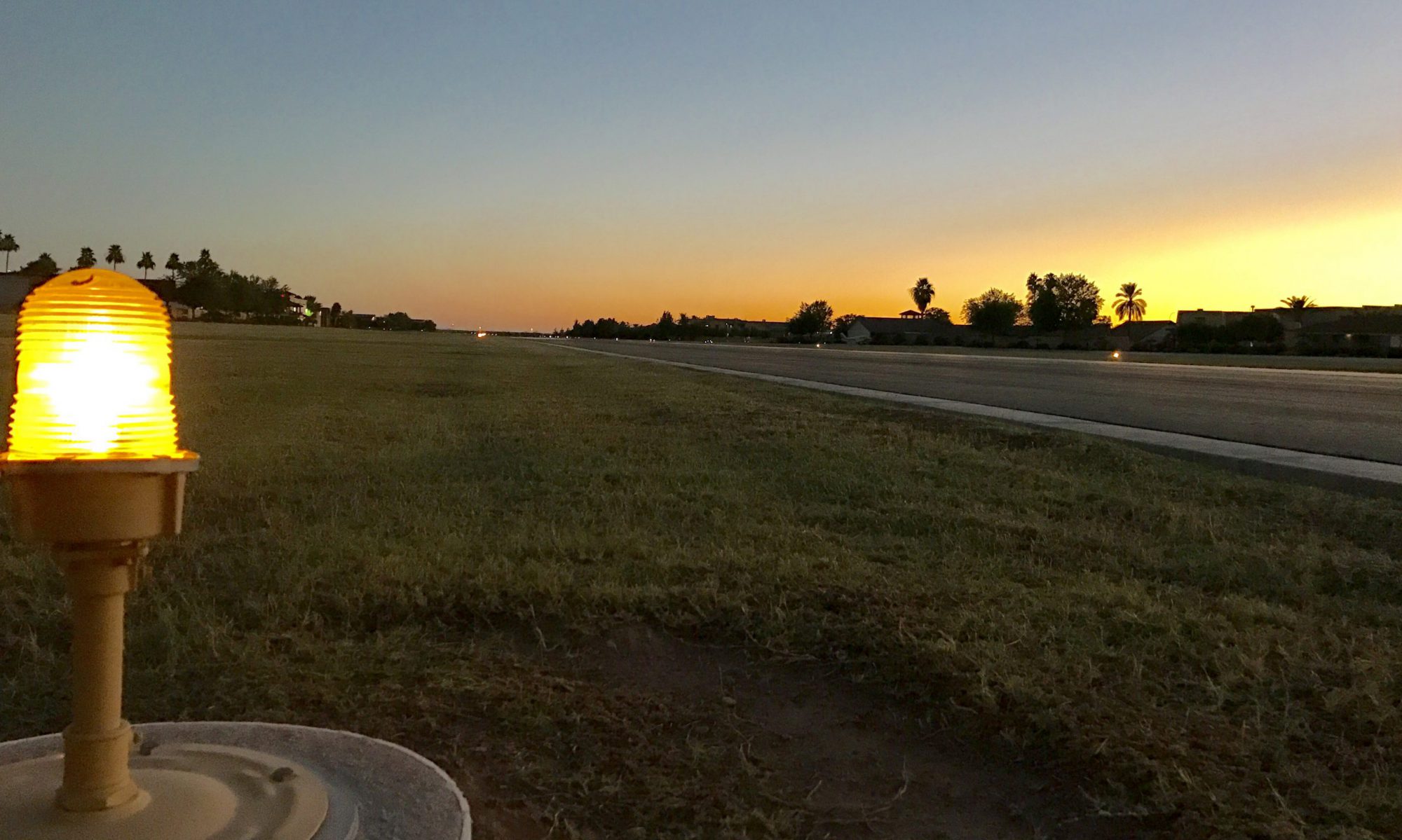Bureau of Land Management Public Land Survey System (PLSS)
The Bureau of Land Management’s Public Land Survey System (PLSS) organizes much of the country in a general grid shape. Each state’s grid is based off a meridian (a north-south line) and a base line (an east-west line). Arizona’s meridian is the “Gila and Salt River Meridian”, as it is at the confluence of the Gila and Salt rivers. The base line is simply named “Base Line”.
The intersection of the meridian and base line is the “initial point”. Arizona’s initial point is just to the east of the Phoenix International Raceway at Monument Hill.
Arizona’s initial point GPS coordinates are 33.37718, -112.306.
Notice in the distance, behind the monument, Baseline Road is directly on the Arizona base line.
Townships, Ranges, and Sections
Townships are generally 6-mile increments north and south of the base line.
Ranges are generally 6-mile increments east and west of the meridian.
Sections subdivide the spaces defined by the grid the townships and ranges create.
Townships and Ranges
Townships and ranges are identified by their relative position to the initial point.
Townships are identified as either North or South of the baseline and numbered sequentially, for example Township 1N is the first township north of the base line.
Ranges are identified as either East or West of the meridian and are also numbered sequentially, for example Range 1E is the first range east of the meridian.
Stellar Airpark is in Township 1S, Range 4E.
Sections, Quadrants, and Sub-quadrants
The townships and meridians form a shape, usually quadrangle. Each quadrangle generally contains 36 “sections”. Sections contain quadrants, four per section (duh), and sub quadrants, four per quadrant (saw that coming).
This whole structure has many exceptions because, you know, politics.
Fortunately for our purposes we have the vanilla structure… Township 1 South, Range 4 East, Section 35 follows the general pattern. T1SR4E is a 36-square mile grid consisting of 36 sections, each one mile wide and one mile high.
Section Numbering
Section numbering, like most geometry, is labeled counter intuitively. The first row starts backward, with section 1 to the right, incrementing to the left from 1 to 6. The second row increments from left to right, 7 to 13. The zig-zag pattern continues to 36.
Section Quadrants
Section quadrants, thankfully, abandoned the numbering scheme and went with compass references. The quadrants, NW, NE, SW, and SE identify the quadrant’s relative position .
Sub-quadrants
Sub-quadrants divide the quadrants into… … … four pieces. Each of the four pieces carries its parent’s name (ex., NE) and appends its own relative position (ex., SE). For example, Stellar Airpark’s runway spans four sub-quadrants, NENW, NESW, SENW, and SESW.
Want to Learn More?
This page has barely scratched the surface. To learn more, visit the BLM’s geospatial services and search their website. The search term “Cadastral Survey” should take the rest of your day.

